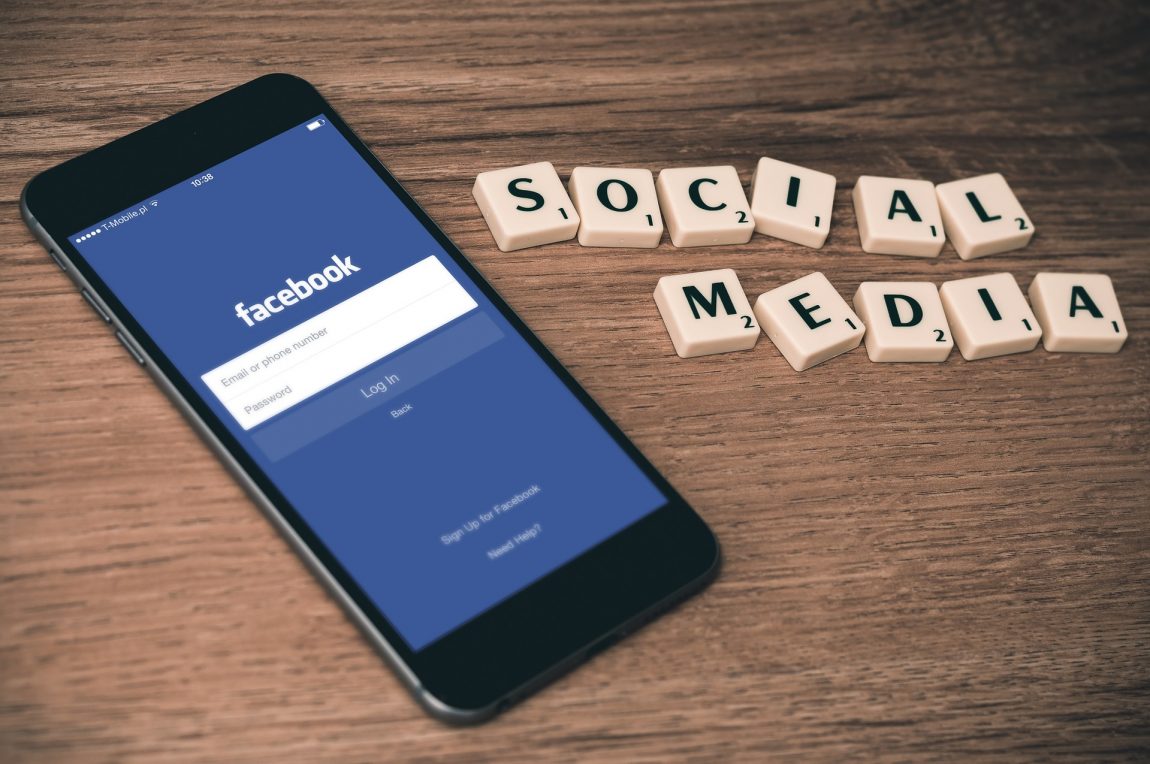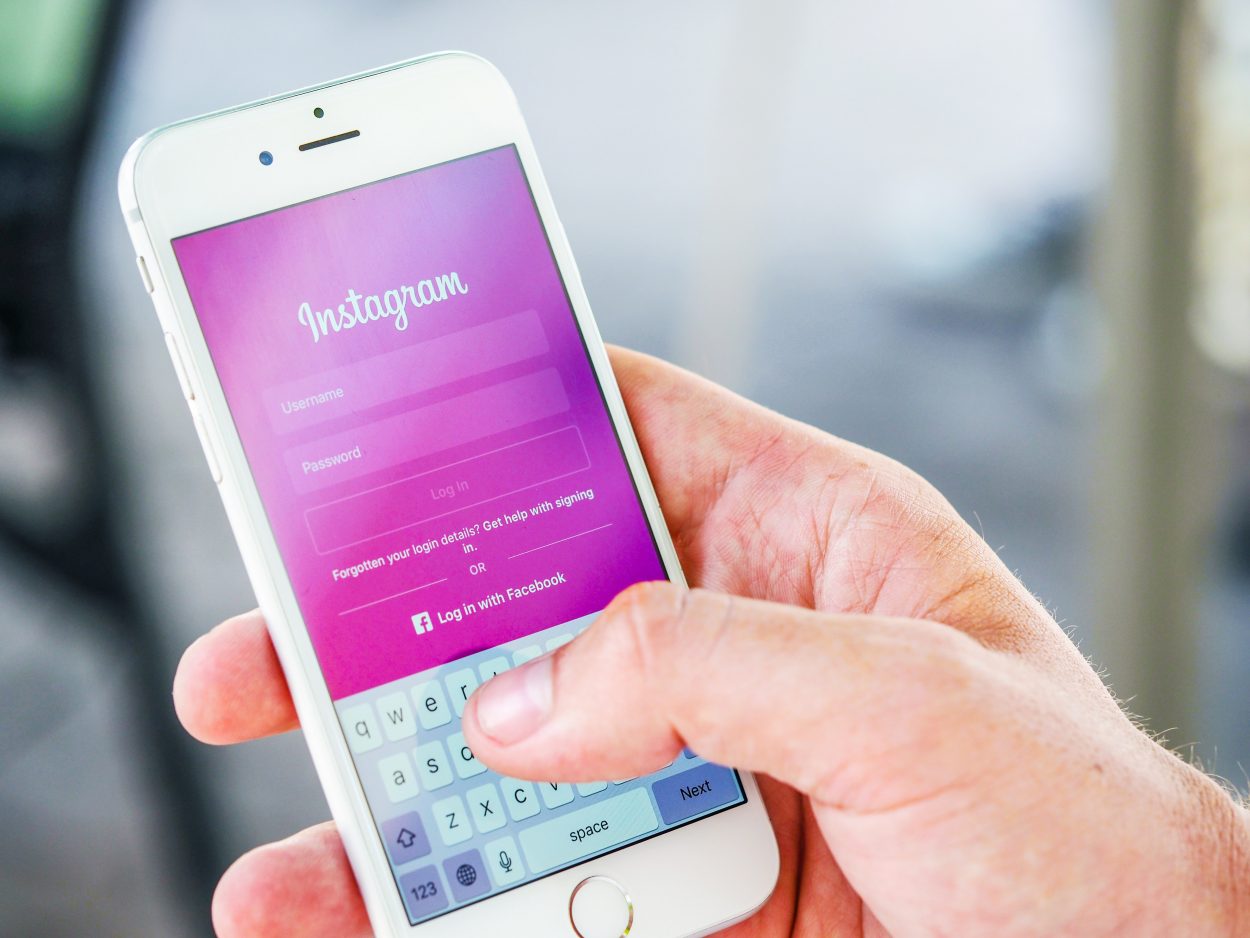B2B Myth of the Week: Instagram for B2B Marketing Doesn’t Work
by MGB2B
Myth: Instagram is Only for B2C Brands
Fact: Using Instagram For B2B Marketing Is Not Only Smart, It’s Necessary
So how do you go about this? Where do you begin?
Answer: Instagram for B2B marketing.
We have officially progressed into an era of marketing based on likes and followers. As much as the B2C community dominates this field, the approach of reaching users through visual content includes you too. As content continues to flood our phones by the millisecond, grabbing your audience’s attention effectively is an essential aspect of social media marketing. You must cut through the competition’s noise and shout from the rooftops, “Look at our content! Learn how we can solve your problems! And we’re engaging and relatable to boot!”
Instagram Personifies Your Brand
If you’re unfamiliar with the term Instagram-worthy, it’s a new “kids-these-days” way of describing something aesthetically pleasing. But don’t be fooled, this isn’t only applicable for trendy food pictures. Your brand has the opportunity to provide personal, visual hooks to reel your audience into your newsfeed and furthermore, your company.
Not every photo will encapsulate the mantra of your company’s motto or the services and products you provide. That’s okay; maintaining an excessively professional social media presence can be off-putting. Establish an unfiltered look at your company culture and you’re guaranteed to grant your audience a sense of familiarity that in confidence says, “This is who we are.”
[Take a look at Google’s Instagram account. There is nothing regarding search engines or computer software. Instead, you’ll find happy puppies, happy consumers, and colorful creations of the Google logo made of Fruit Loops. This may constitute as B2C branding, but as any consumer can see, Google is a bright, user-friendly company with a feed that associates happiness to their name — a universal message that will reach both consumers and businesses alike.]
We’re All People
Instagram reminds you over and over of the ‘real person’ on the other end of the content you consume, and it’s essential to establish that sense of personal presence. I’m here to remind you that in this case, that real person is you! It’s extremely important to appeal not only to the receiving business’ standards but their personal inclinations as well. Sure you’d like to maintain a professional appearance, but weekly newsletters and a well-designed website can tow that line. Using Instagram for B2B marketing is your opportunity to sell your company with personality and a purpose to please. Creating a unique hashtag, communicating directly with followers, and publicizing your employees with ear-to-ear smiles will show your business to recognizes the importance of authenticity.
Stay Up to Date on Niche Trends
Businesses want to work with other businesses that appeal to their priorities and present themselves in an approachable manner. Many times, pictures do a better job of this than words. How do you maintain this as an effective and relevant Instagram feed? By staying thoroughly active in the social media-verse. There’s nothing more impressive than scrolling by a professional account referencing a popular trend. Understandably it’s not your first priority in selling your brand, but it’s important to remind your audience that your company is keeping up with the times and in relation, holds the capacity to deliver time-relevant content for all consumers.
Stay Buyer-Focused
At the end of the day, you’re still selling — so be mindful of your target audience. What are their goals? Their pain points? What do they need? Then answer these questions, but not just in terms of your products and services. Here’s where the human connection can come to play once more. Consider their values, lifestyles, and visions and think about how your services can echo them.
The story-telling strategy behind B2C marketing is becoming increasingly applicable in the B2B space. Instagram now has 1 billion users worldwide. If you think they’re all millennials, think again. Over fifty percent of Instagram users are between the ages of 34 and 64. In the coming years, this trend will only grow, so it’s important to start testing the waters now.
If you’re still unconvinced that using Instagram for B2B marketing is worth your time, take it from these companies that continue to nail it!
Continue ReadingB2B Myth of the Week: Social Media Content Should Be All-Business
by MGB2B
Myth: Social Media Content for B2B Brands Needs to be All-Business
Fact: Social Media is the Perfect Channel to Show Brand Personality
Social media content for B2B brands must revolve around statistics, numbers, and charts. Right? Wrong. While buyers do need practical information, it’s also necessary to humanize your brand. To do so, make sure some of your content resonates with your buyer’s emotions. After all, at the end of the day, it’s a human making purchase decisions. Need help getting started? Here’s three jumping off points to get your creative content up and running:
-
Tell Stories
Storytelling is a simple way for buyers to relate to the brand. This, in turn, strengthens the relationship between brands and buyers. By sharing stories on social media, your company has a chance to develop a personality that strikes a chord with your audience. According to a study at Stanford University, information shared through stories is remembered 22 times more than facts alone. So what kind of stories can you tell? Try a testimonial from a satisfied client. Polish up your brand creation story. Or consider a story that demonstrates how your product or service can solve a problem.
-
Use Humor.
People often assume that social media content for B2B brands is limited to stiff and serious posts. Including humorous content is a great way to get people interested in what your brand is doing. Let’s face it, most people don’t expect B2B brands to be funny. Use that to your advantage. Incorporating humor can be an extremely successful way of getting attention from potential buyers. There are plenty of ways to mix a little humor into your content calendar. Get creative with photos and videos that your brand is sharing. Is there something people find confusing about your brand? Poke fun at yourself (like MailChimp does). Or maybe there’s a common challenge in your industry you can make light of. A little levity can go a long way in ingratiating your brand to your audience.
-
Show the Brand’s Personality.
Developing a personality that is associated with your brand has way more impact than just facts and numbers. Audiences remember personalities over stats. This one’s tricky – it’s easy for B2Bs to fall into the same-old personality traits: committed, quality-oriented, eco-friendly, etc. But who is your brand really? And how does that resonate with your audience? Make yourself memorable. Think about what ultimately motivates your brand, and develop your character from there. Is your brand personality wise? An explorer? A trusted advisor? Do you aim to challenge or inspire? Whatever you feel your brand is, infuse those characteristics into your content (not to mention your ad copy and visuals) and stand out from the pack.
Even though it seems like social media content for B2B brands is limited, it’s just the opposite. It’s an opportunity to showcase just what makes your brand tick. While facts and stats provide the proof, your brand personality will resonate far longer.
Continue Reading
The 3 Most Important Factors of Any Social Media Campaign
by MGB2B
 Social media is no longer something only younger generations participate in. Now more than ever, it’s important that your manufacturing company utilizes it to reach a wider audience. In doing so, you’ll get your products and services in front of people who might not have initially seen it. Building a social campaign can be a complicated process, but when done correctly, the payoff is sizable. The most important thing to remember is that campaigns are “living” pieces of your company. They need to be monitored throughout their lifetime to ensure they are running smoothly. And if not? Here are a few things to keep in mind…
Social media is no longer something only younger generations participate in. Now more than ever, it’s important that your manufacturing company utilizes it to reach a wider audience. In doing so, you’ll get your products and services in front of people who might not have initially seen it. Building a social campaign can be a complicated process, but when done correctly, the payoff is sizable. The most important thing to remember is that campaigns are “living” pieces of your company. They need to be monitored throughout their lifetime to ensure they are running smoothly. And if not? Here are a few things to keep in mind…
Organic vs. Paid
You’ve surely heard the terms “organic” and “paid” when it comes to social traffic. Organic traffic is the traffic you get on your social account without having to pay. So, if someone finds your profile, likes a photo, shares a post, or leaves a comment, without any prompting, that’s organic traffic. Paid traffic, on the other hand, happens when you pay to have your posts boosted, ensuring they get in front of your desired audience. The likes, shares, comments, and follows that result directly from these paid campaigns are paid traffic.
So you’ve built your campaign, now what?
To ensure your campaign performs to the best of its ability, there are a few things to focus on:
-
Your Audience
Who you are trying to reach with your message? There are a lot of great metrics tools out there that can help you determine the audience you are already reaching, which you can eventually build off of. Twitter, for example, has an entire section in their user interface that breaks down your audience. From your audience’s interests, to their buying style, wireless carrier, and demographics, you have an incredibly detailed picture. If your campaign not performing as well as you had hoped, analyze this picture. You have time to reconfigure and adjust your audience throughout the lifetime of your campaign, as long as your monitoring it.
-
Your Message
This facet is closely tied to your audience, and varies from each one. Consider speaking to a 28 year old engineer differs versus a 50 year old executive. The interests, abilities, and knowledge of these two people vary greatly. Your message should be tailored to each. Since social media has the ability to speak directly to your audience as individuals (and they’ve come to expect it), make sure you do just that.
-
Your Platform
Social media outlets like Twitter, Facebook, YouTube, Instagram, and LinkedIn all have a purpose, and they’re not necessarily the same. Instagram is strictly for photos or easily-digestible videos. Facebook is a melee of articles, photos, thought-pieces, and more. Hopefully, before you’ve created a campaign, you’ve chosen which platform works best for you, your message, and your audience. It’s easy to default to Facebook but if you notice your campaign taking a hit, take a step back. Review the pros and cons of each social site (and believe me, they all have pros and cons.) If the platform you’ve chosen doesn’t check most or all of your boxes, halt your campaign. Move the budget over to a platform better-suited for your needs. It’ll make a big difference in your ROI.
As with anything, there are more than just three factors that could affect your social media campaign performance – these are just the tip of the iceberg. If you want to get in front of the right people, with the right message, at the right time, you have to do your homework.
Continue Reading
